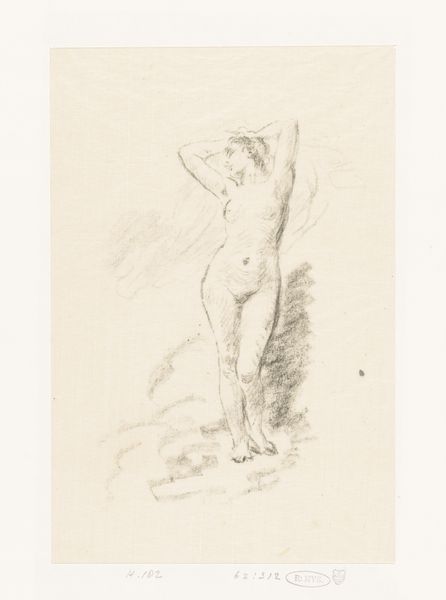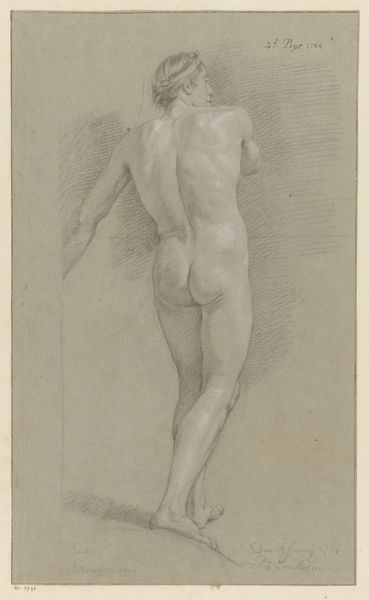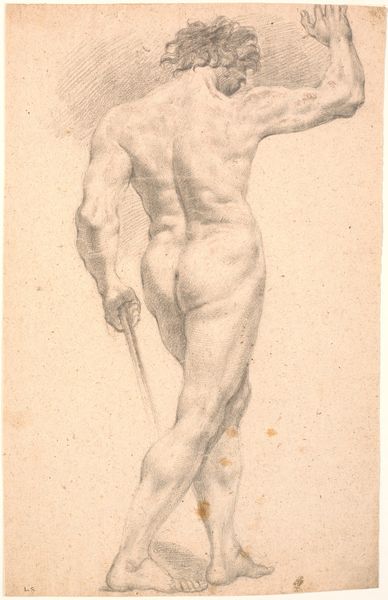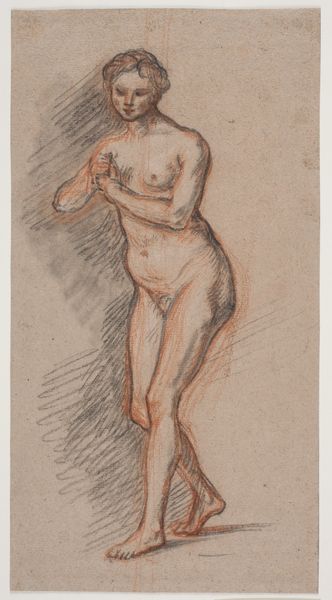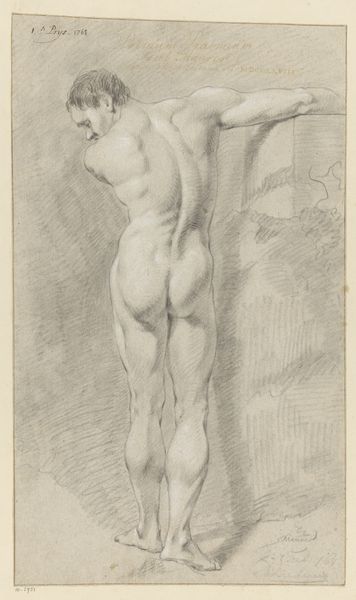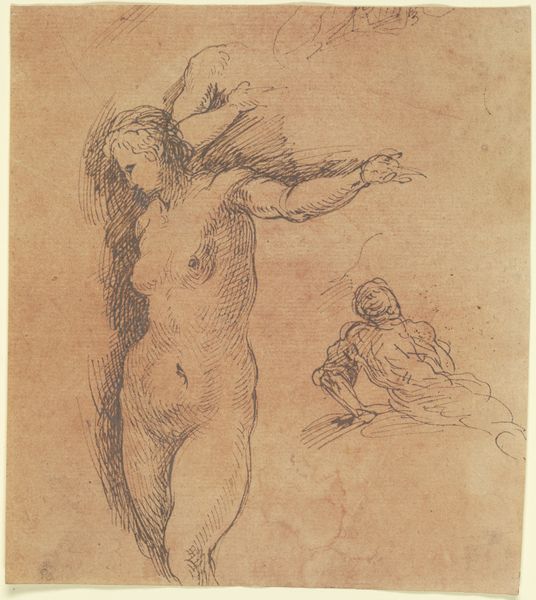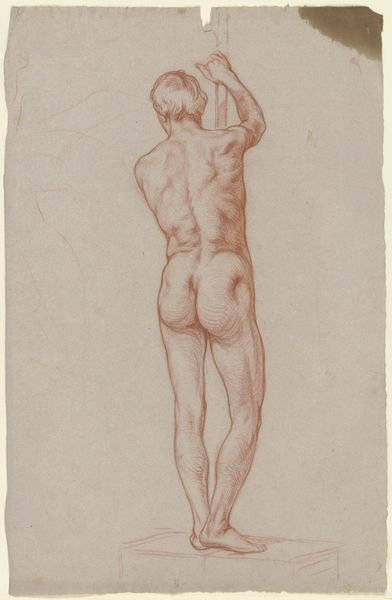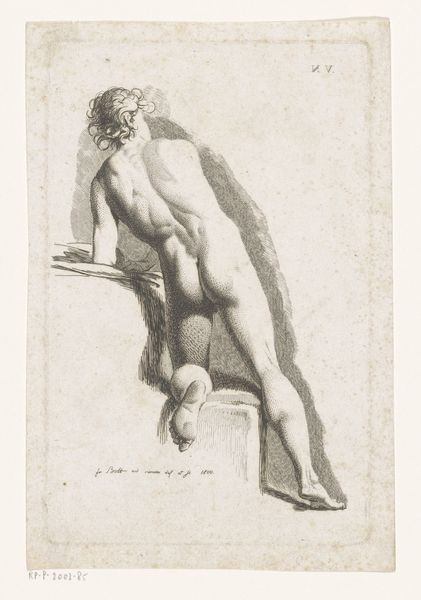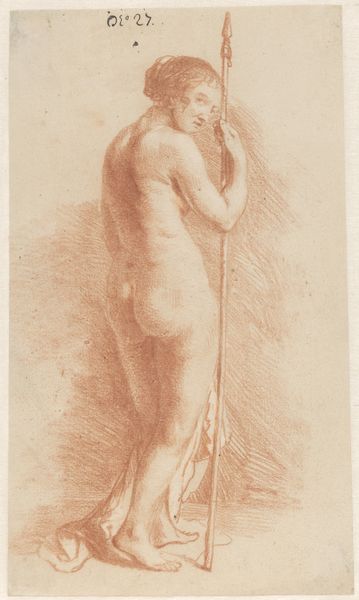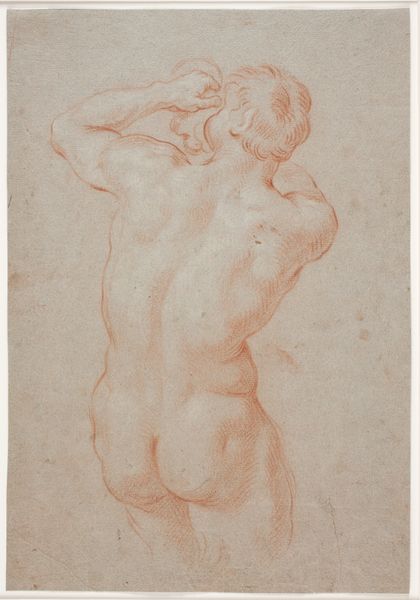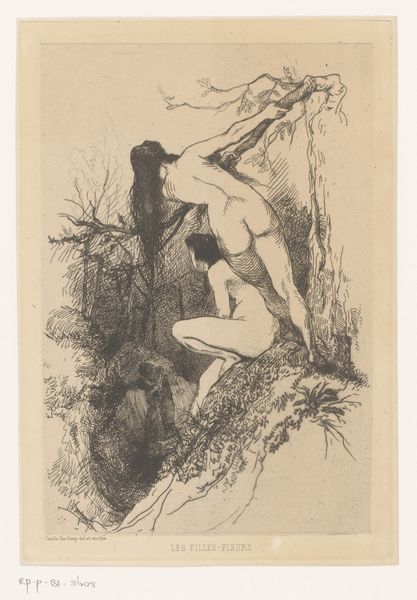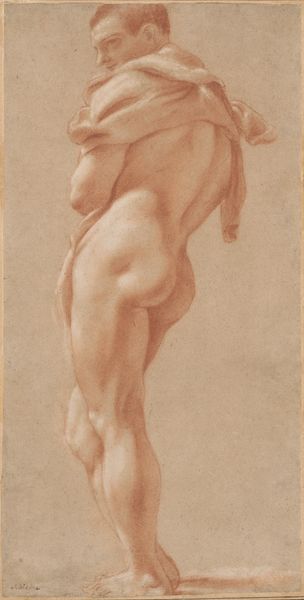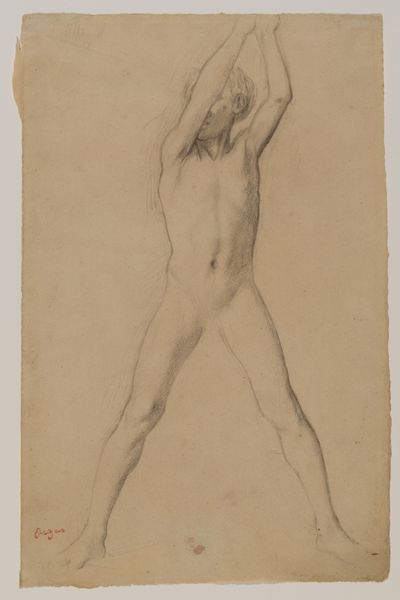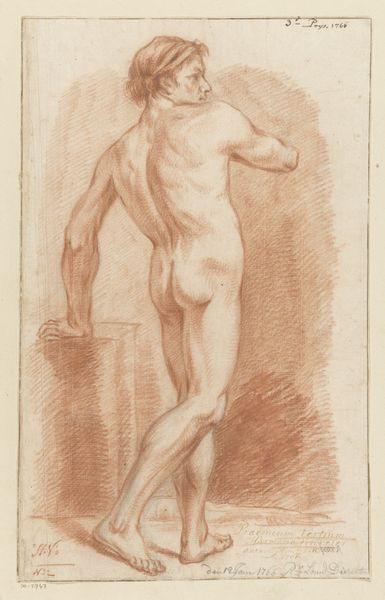
Staand mannelijk naakt, van voren gezien (2e prijs 1820) Possibly 1820 - 1823
0:00
0:00
christiaanjuliuslodewijkportman
Rijksmuseum
drawing, charcoal
#
drawing
#
neoclacissism
#
pencil sketch
#
charcoal drawing
#
figuration
#
charcoal art
#
pencil drawing
#
portrait drawing
#
charcoal
#
academic-art
#
nude
Dimensions: height 574 mm, width 433 mm
Copyright: Rijks Museum: Open Domain
Christiaan Julius Lodewijk Portman made this drawing in 1820, using graphite on paper. While seemingly traditional, the choice of graphite – a material valued for its industrial applications – subtly hints at the shifting sands of artistic expression in an age of mass production. The monochromatic scheme, achieved through layering and blending, emphasizes the subject’s form and musculature. Portman’s process involved careful observation, translating three-dimensional reality onto a two-dimensional surface. He would have used varying pressure to achieve gradations of tone, creating depth and volume with his pencil. The very act of drawing, historically linked to academic training, here carries echoes of the industrial revolution. Graphite, mined and processed, becomes a tool for artistic expression, blurring the lines between labor and art, skill and industry. Understanding the means of its making allows us to see how Portman subtly infused this artwork with the currents of his time.
Comments
No comments
Be the first to comment and join the conversation on the ultimate creative platform.
